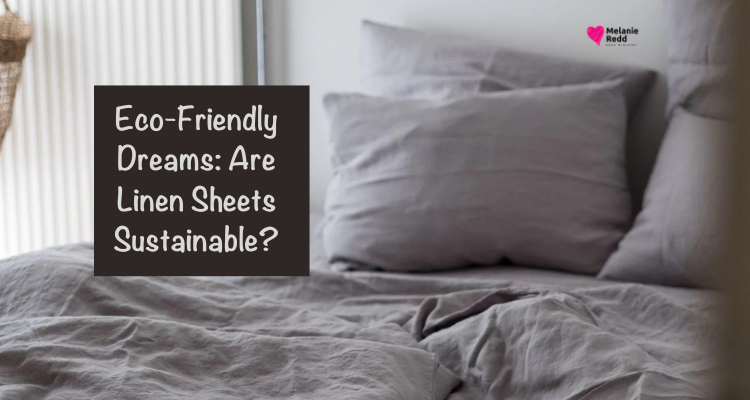Eco-Friendly Dreams: Are Linen Sheets Sustainable?

Eco-Friendly Dreams: Are Linen Sheets Sustainable?
Flax: A Natural Wonder
Linen is derived from the flax plant, a fast-growing crop requiring minimal water compared to cotton, a major advantage in an era of drought concerns. Flax thrives in cooler climates and doesn’t necessitate heavy pesticide use. Additionally, the entire flax plant can be utilized – the seeds for oil and the stalks for fiber. This reduces waste and makes it a versatile crop.
The Production Process
However, linen production isn’t without its environmental impact. The retting process, where flax stalks are decomposed to release the fibers, can use significant amounts of water. While some manufacturers are exploring eco-friendly retting methods, traditional techniques require attention. Additionally, linen processing often involves harsh chemicals to soften the fibers. Luckily, there’s a growing movement towards organic linen production, which utilizes natural enzymes and reduces the chemical footprint.
Durability Matters
One of linen’s biggest sustainability benefits is its durability. Unlike some synthetic fabrics, linen sheets become softer and more comfortable over time with proper care. This longevity translates to less frequent replacements, reducing overall textile waste.
Beyond Linen: Eco-Alternatives
While linen shines in many aspects, it’s not the only sustainable bedding option. Organic cotton, for instance, eliminates the harmful chemicals used in conventional cotton production. Tencel, a fiber derived from sustainably sourced eucalyptus trees, boasts excellent breathability and a low environmental impact.
Making the Greenest Choice
So, are linen sheets sustainable? The answer depends on the production process. Look for certifications like GOTS (Global Organic Textile Standard) to ensure organic practices. Additionally, consider where the flax is grown and how the retting is done. When in doubt, explore other eco-friendly options like organic cotton or Tencel.
Ultimately, the most sustainable bedding choice is the one you’ll love and use for years to come. By prioritizing quality and durability, you can minimize waste and create a sleep sanctuary that’s good for you and the planet. Sweet dreams!
Were you encouraged by what you read?
Then, would you share this article with a friend, co-worker, or family member?
Or, maybe you can send it to a friend or family member?
This blog occasionally uses affiliate links and may contain affiliate links.
Additionally, Melanie Redd is a participant in the Amazon Services LLC Associates Program.
This is an affiliate advertising program designed to provide a means for sites to earn advertising fees. These are earned by advertising and linking to amazon.com.
Also, for more on my disclosure policy, click HERE.
© Melanie Redd and Hope Ministry, 2024. Unauthorized use and/or duplication of this material without express and written permission from this blog’s author and/or owner is strictly prohibited.
Further, excerpts and links may be used, provided that full and clear credit is given to Melanie Redd and Hope Ministry.
Please give appropriate and specific directions to the original content.



0 Comments